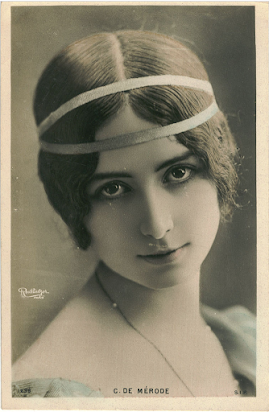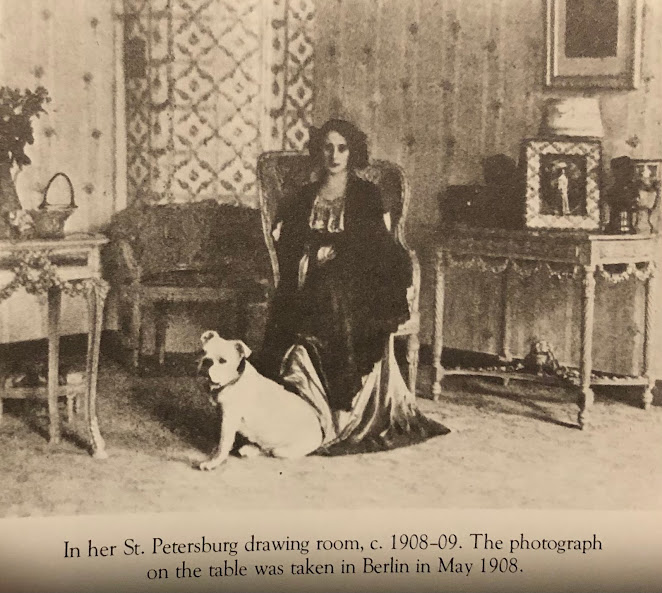French Ballet Dancer Cleo de Merode was born Cleopatre Diane de Merode
French Ballet Dancer Cleo de Merode was born on September 27, 1875 as Cleopatre Diane de Merode. She was of French, Austrian, German, Greek and Macedonian descent. Merode studied ballet from the age of eight and was on stage making her professional debut at only eleven years old. At the age of twenty one, her image could be found on postcards and playing cards. She was famous internationally and performed across Europe and the United States. She was particularly popular in Austria and Germany. Not only was she popular for dancing but she was also popular for her fashion style, so much so, Parisian women began to emulate her hairstyles.
Cleo de Merode’s beauty was well known and so some people were jealous of her. Some of the jealous people spread spiteful and hurtful gossip about her. One of the rumors was concerning King Leopold II, of Belgium. The gossip spread that he had two children from an affair with a woman who was an alleged prostitute and people began creating rumors that Cleo de Merode was the mother of the children. Since King Leopold II loved to watch ballet and Merode was among his favorite dancers, people started creating the story that she was his mistress. Some found the rumor odd since there was such a large age gap between the twenty one year old dancer and the sixty year old king. Still, many people believed the rumor and she lived with the dark cloud of lies hanging over her head for the rest of her life. Despite her difficulties and the misunderstandings of her personal life, Merode continued to dance and never gave up. Even though I don’t know if Anna Pavlova ever met Cleo de Merode, it seems like Pavlova would have liked Cleo de Merode based on her perseverance and dedication to her dancing, which was something Pavlova lived by.
De Merode was popular in the art world and became the muse for many artists such as, Alexandre Falguiere, Henri de Toulouse- Lautrec, Charles Puyo, Alfredo Muller, Giovanni Boldini and Felix Nadar. Alexandre Falguiere made a sculpture of her which is titled, The Dancer, and you can see it today in the famous French art museum, Musée d'Orsay. Her beauty also attracted the attention of the artist Gustav Klimt. One could argue artists saw her as their Venus based on the attention she received from them.
In Germany and Austria, Cleo de Merode was particularly popular and she was even portrayed as a character in a 1926 German movie titled, Women of Passion. In 2006, an Austrian film titled, Klimt, had a female character called Lea de Castro and she was based on Cleo de Merode.
Cleo de Merode did something no other ballet dancer did at the time; she joined a cabaret dance hall, which most ballet dancers looked down upon. The cabaret was more than ballet; it was acrobatics, singing and comedy shows but Merode did not look down on it. She viewed it as a way to introduce ballet to a new audience. She saw it as a different experience on a different stage and it allowed her to evolve as a dancer. Her decision to perform in the cabaret exposed her to a new audience where she attracted new fans. She never regretted her decision.
In the 1950’s Merode’s dark cloud was once again looming over her head when the writer Simone de Beauvoir wrote a book titled, The Second Sex, where she referred to Merode as a courtesan. Merode sued the writer for libel and won causing Beauvoir to remove that part from her book. The lawsuit win made Merode feel as if the dark cloud of lies could finally lift. A few years after winning her lawsuit Merode wrote her own autobiography titled, The Dance of my life.
Merode continued to dance on stage into her fifties. Later, Cleo de Merode left the stage and moved to the seaside of France where she became a ballet teacher. She retired in 1965, which by then, she was in her nineties. Ballet truly always remained in her life.






Comments
Post a Comment